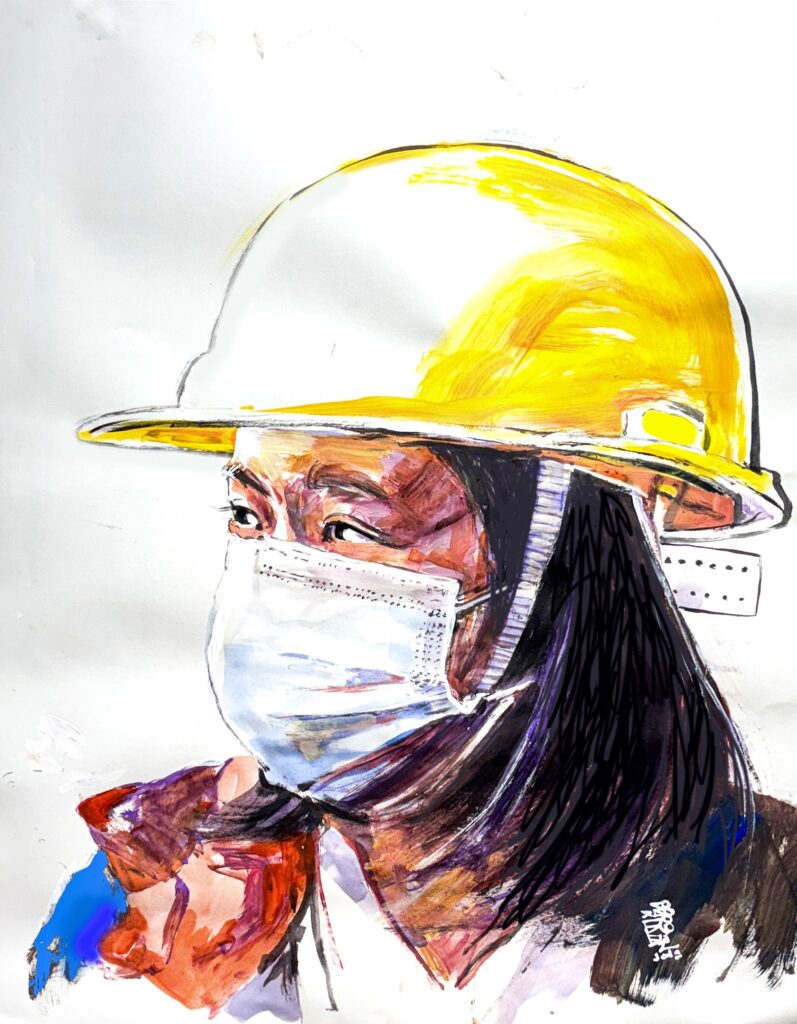Myanmar Spring Chronicle – August 5 Viewpoint
(MoeMaKa, August 6, 2025)
A Midpoint Review of the Spring Revolution at 4.5 Years
When we mention the “Spring Revolution,” most people immediately associate it with the armed resistance. Understandably so, because three months after the military coup in 2021, in May, the People’s Defense Force (PDF) was officially formed. Even before that, some rural areas had already begun forming armed defense groups under names like village defense forces.
But if we look closely, the Spring Revolution is not merely about armed struggle. For many, it represents a revolution to dismantle not just the military dictatorship, but all forms of oppressive regimes in Myanmar. It is about changing the system, the ideology, and the values, to build a future based on equality and justice, rejecting discrimination based on race, religion, or belief. It is meant to be a revolution for a new political era.
This is a broader clarification of what the term “Spring Revolution” really entails.
At this 4.5-year milestone, it is time to pause and reassess:
-
What has actually changed in real life?
-
What progress has been made politically and militarily?
-
How much have the people of Myanmar endured in this struggle?
-
Are they still able to survive amid ongoing armed conflict?
-
Are their voices being heard?
-
Do they have the space to honestly express their suffering?
These are the kinds of reflections we need not for historical record, but to help chart the path forward—to make strategic decisions, avoid future missteps, and reach the destination through the most direct and effective route.
Since the military coup in February 2021, resistance forces were formed across various towns, cities, and ethnic states with the aim of toppling the junta through armed resistance.
In ethnic regions, some ethnic armed groups had already withdrawn from the Nationwide Ceasefire Agreement (NCA) and prepared to resume fighting. In Bamar-majority regions like Sagaing, Magway, Mandalay, and Bago, new PDFs emerged and received military training and weapons support from established ethnic armed groups. For 4.5 years, these alliances have led to coordinated attacks on junta camps, cities, transport routes, and supply lines.
Now, according to some observers, the anti-junta forces control up to 70% of Myanmar’s territory. If this control is stable and consistent, then the Spring Revolution has likely passed its halfway point. But the reality is that even within that 60–70% of territory, daily airstrikes by the junta make it unsafe for civilians to live in their homes, villages, or towns.
This raises questions about the coherence of the revolution:
-
Do armed resistance groups and ethnic armed groups share a common goal or path?
-
Is there a political framework or agreed strategy beyond the battlefield?
-
Why are there still no unified agreements or mechanisms for joint governance, taxation, or resource management in areas taken from the junta?
In many places, after junta forces are expelled, conflicts over territory, taxation, and governance have emerged among resistance forces themselves. This suggests not only a lack of political coordination, but also insufficient political maturity to resolve disputes through dialogue.
During the momentum of Operation 1027, such internal frictions between ethnic forces also surfaced. These incidents reveal a pattern of resolving problems militarily, rather than through political negotiation, suggesting the need for more institutionalized dialogue platforms.
Another point of concern is whether the resistance understands and respects the suffering of civilians. Even in areas untouched by direct fighting, the war’s burden is deeply felt—through displacement, loss of livelihoods, taxation, forced recruitment, and airstrike trauma.
Resistance groups should not only focus on attacking the junta, but also on alleviating the burden carried by civilians. They should find ways to support those affected, listen to the people’s grievances, and create safe spaces for open expression.
To truly defeat the military dictatorship, political and armed forces must seek strategies that reduce civilian suffering, not just win military victories.
A comprehensive political solution—along with a people-centered approach to revolutionary governance—must now become a top priority alongside military resistance.
Only then can the Spring Revolution truly fulfill its original promise—not just to defeat a regime, but to build a freer, fairer, more dignified future for Myanmar’s people.

